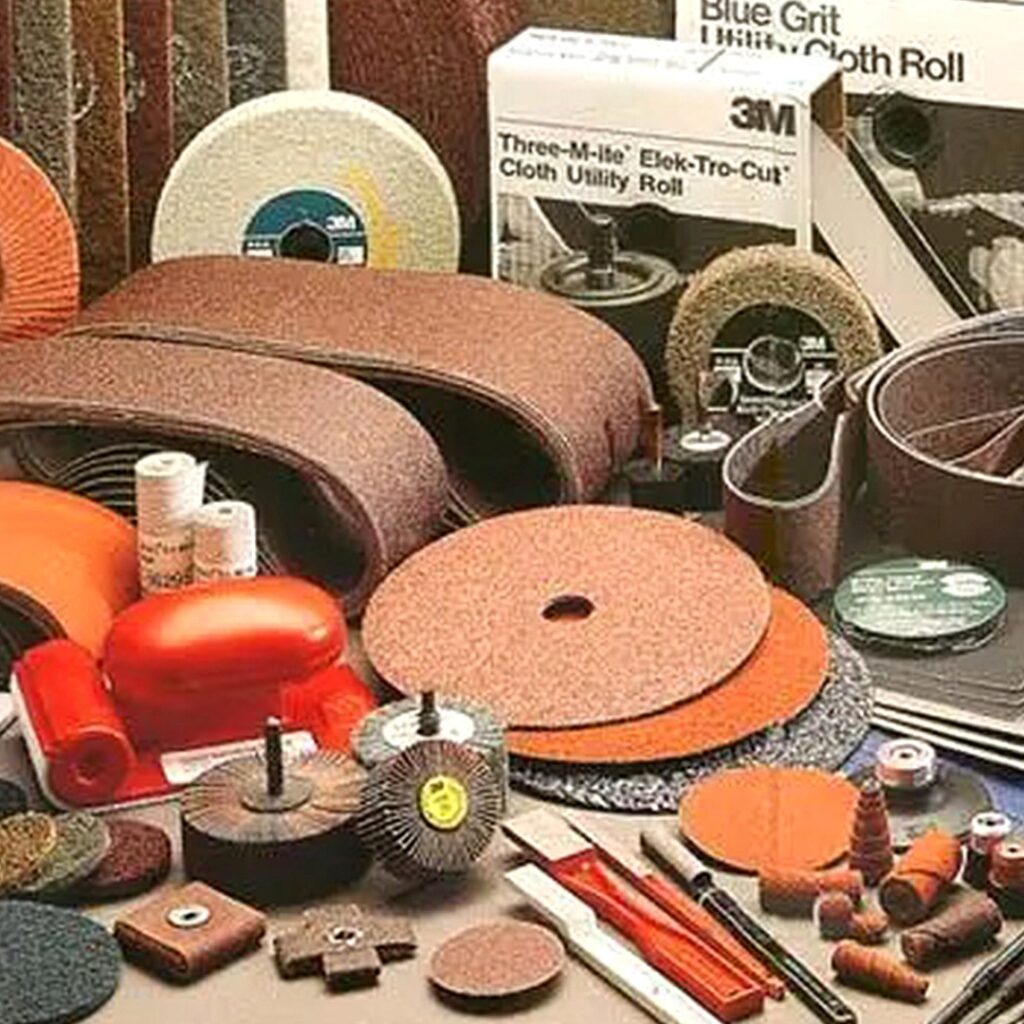
When undertaking any project, choosing the right sanding tools is crucial. This decision not only impacts the efficiency of the project but also directly influences the quality of the final outcome. Here are some suggestions to help you find the most suitable sanding tools for your project.
When undertaking any project, choosing the right sanding tools is crucial. This decision not only impacts the efficiency of the project but also directly influences the quality of the final outcome. Here are some suggestions to help you find the most suitable sanding tools for your project.
1. Define Project Requirements:
Before selecting sanding tools, clarify the specific requirements of your project. Different projects may demand various types and specifications of sanding tools. For instance, if your project involves surface cleaning, you might need a tool effective in removing dirt and oxidation. Conversely, for precision carving or detailing, a finer sanding tool might be necessary. Clearly defining project requirements will aid in selecting tools tailored to your needs.
2. Consider Material Types:
Various sanding tools are designed for different types of materials. Metals, wood, plastics, and more may require distinct sanding tools during processing. Understanding the type of material you’ll be working with helps in choosing sanding tools appropriate for the specific material, ensuring optimal processing results. For example, a diamond grinding wheel might be suitable for metal surfaces, while a softer abrasive might be ideal for wood.
3. Understand Types of Sanding Tools:
The market offers a diverse array of sanding tools, including grinding wheels, abrasive discs, sanding belts, and more. Each tool has unique applications and advantages. For instance, grinding wheels are suitable for surface grinding, while sanding belts excel in larger, flat areas. Thoroughly understanding different types of sanding tools will enable you to make a more informed choice based on your project requirements.
4. Pay Attention to Specifications and Sizes:
Specifications and sizes of sanding tools are crucial considerations. Ensure that the selected tools match the specifications required for your project to avoid compromising work effectiveness. Different specifications and sizes are suitable for various project sizes, so carefully compare and choose tools that best fit your project requirements.
5. Consider the Working Environment:
The working environment also influences the choice of sanding tools. For instance, working in a wet or corrosive environment may require tools with good waterproof or corrosion-resistant properties. In confined spaces, opting for compact and easily maneuverable sanding tools may be advantageous. Therefore, when selecting sanding tools, take into account the specific working environment of your project to ensure the tools can adapt and perform optimally.
6. Consult User Reviews and Recommendations:
Before making a final decision, consulting user reviews and recommendations is a prudent step. Learning from the experiences of other users provides valuable insights into the performance and durability of specific sanding tools. This aids in making a more informed and reliable choice, ensuring that the selected sanding tools align with your practical needs.
In conclusion, choosing the right sanding tools requires a comprehensive consideration of project requirements, material types, tool types, specifications, sizes, and the working environment. Through thorough research and comparison, you can ensure finding the most suitable sanding tools for your project, thereby enhancing work efficiency and achieving high-quality results.

